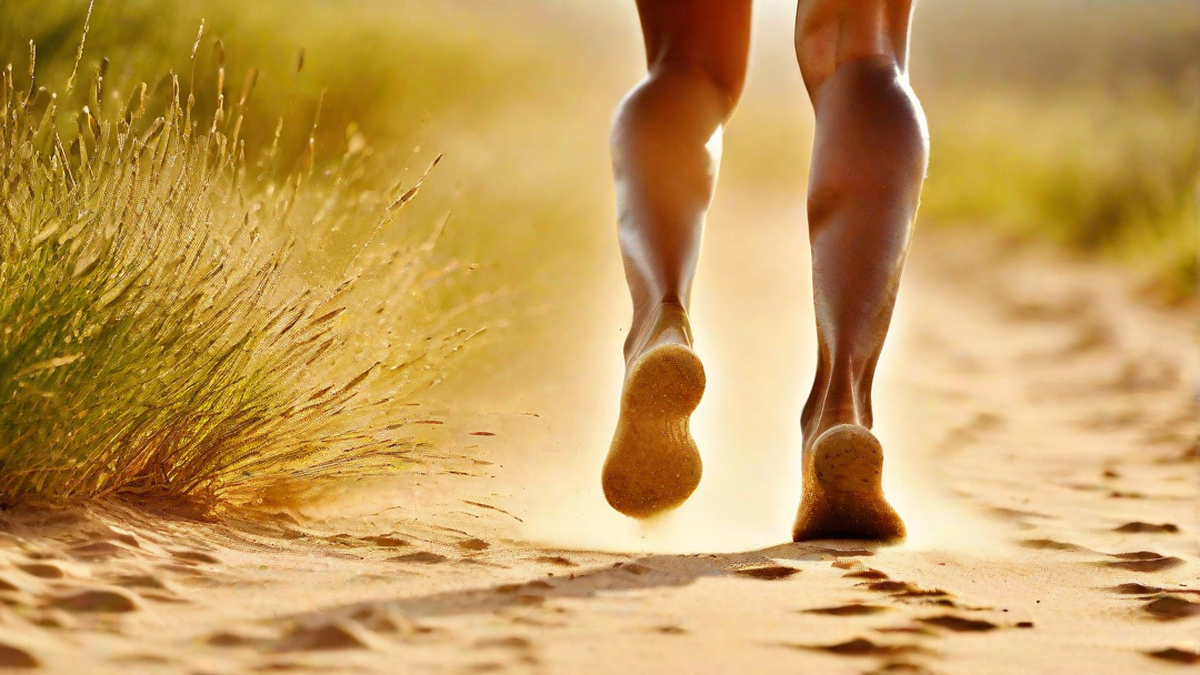As an avid runner, I have always been curious about the trend of running barefoot. Is it really as beneficial as some claim it to be? In this article, I will explore the pros and cons of running barefoot and share my personal experiences with this minimalist approach to running.
The Origins of Barefoot Running
Running barefoot is not a new concept. In fact, it dates back to our ancestors who relied on their bare feet for survival. The modern interest in barefoot running can be attributed to the book “Born to Run” by Christopher McDougall, which popularized the idea that humans are naturally designed to run without shoes.
I was intrigued by the idea that our feet are perfectly engineered for running, and that shoes may actually hinder our natural biomechanics. So, I decided to give barefoot running a try.
The Benefits of Barefoot Running
One of the main arguments for barefoot running is that it can improve running form and reduce the risk of injuries. When running barefoot, you are forced to land on the forefoot or midfoot, which promotes a more natural stride and reduces the impact on your joints.
I personally noticed a significant improvement in my running form after transitioning to barefoot running. It felt like I was gliding effortlessly, and I no longer experienced the usual aches and pains in my knees and ankles.
Barefoot running is also said to strengthen the muscles in your feet and lower legs. Without the cushioning and support of traditional running shoes, your feet have to work harder to stabilize and propel you forward. This can lead to increased foot strength and better balance.
Moreover, running barefoot allows you to connect with the ground and experience a greater sense of freedom. There is something liberating about feeling the texture of the earth beneath your feet and being more in tune with your surroundings.
The Challenges of Barefoot Running
While there are many potential benefits to running barefoot, it is important to approach it with caution. Transitioning from regular running shoes to barefoot running requires time and patience.
When I first started running barefoot, I had to gradually build up the strength in my feet and lower legs. I started with short distances on soft surfaces, such as grass or sand, to minimize the impact on my feet. It took several weeks before I could comfortably run longer distances on harder surfaces like pavement.
Another challenge I encountered was the risk of injury. Without the protection of shoes, your feet are more susceptible to cuts, bruises, and punctures. It is essential to be mindful of your surroundings and choose your running routes carefully.
Conclusion
In my experience, running barefoot has been a positive and transformative journey. It has improved my running form, strengthened my feet and lower legs, and allowed me to feel more connected to nature.
However, barefoot running is not for everyone. It requires a gradual transition and careful attention to proper technique. It is always advisable to consult with a healthcare professional or a running coach before making any significant changes to your running routine.
If you are curious about barefoot running, I encourage you to give it a try. Start slowly, listen to your body, and enjoy the unique sensation of running in harmony with your natural biomechanics. Who knows, you might just discover a newfound love for running!

